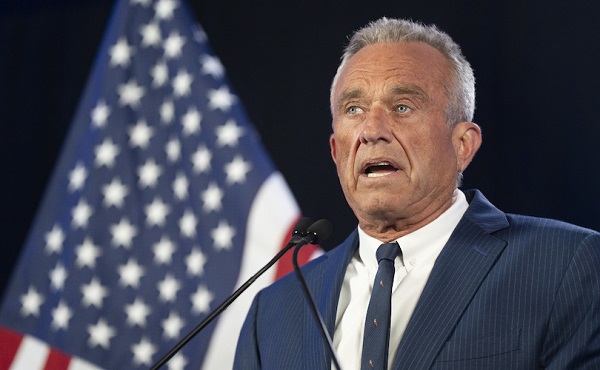armed forces
State of federal finances make NATO spending target very challenging

From the Fraser Institute
By Jake Fuss and Grady Munro
Defence Minister Bill Blair recently claimed the federal government could “absolutely” achieve the North Atlantic Treaty Organization (NATO) defence spending target of 2.0 per cent of gross domestic product (GDP—a measure of the size of the economy) by 2027. However, the dismal state of Canada’s finances makes this accelerated timeline very costly to Canadians.
First, some background. In 2014, Canada (along with the other NATO members) formally pledged to increase spending on defence up to a target of 2.0 per cent of GDP by 2024. At the time, Canada spent 1.01 per cent of GDP on defence. A decade has passed and Canada has failed to fulfill that pledge. Indeed, based on the current defence spending plan and the latest GDP projections, Canada’s defence spending is expected to reach just 1.34 per cent of GDP ($41.0 billion) in 2024/25.
Based on the latest spending estimates from NATO, Canada is one of only eight NATO members (out of 31 in total) to spend less than 2.0 per cent of GDP on defence. As the large majority of the alliance has now met the spending target, and President Donald Trump has called for the target to be raised even further to 5 per cent of GDP, Canada will have to dramatically increase defence spending (lest we be at complete odds with our allies).
However, meeting the NATO 2.0 per cent target by 2027/28 would require billions more in annual federal spending (see the following figure).Over the next three years, according to the Parliamentary Budget Officer (PBO), the federal government will increase defence spending from a projected $41.0 billion in 2024/25 to $53.5 billion in 2027/28—with the majority of this increase occurring in the first year. This means, based on the current plan, Canada’s defence spending would only reach 1.55 per cent of GDP by 2027/28.

To reach 2.0 per cent of GDP in 2027/28, the government would need to spend $68.8 billion on defence during that fiscal year. Assuming the initial jump remains the same, this implies the government would need to increase annual defence spending by $16.5 billion from 2025/26 to 2027/28—$15.3 billion more than currently planned.
The federal government plans to run four consecutive budget deficits from 2024/25 to 2027/28 that add up to $151.9 billion in expected borrowing. In other words, the government already plans to spend more than it collects in revenues. Assuming the government adopts the spending plan shown in the above figure, reaching the NATO target by 2027/28 would require an additional $22.7 billion in borrowing.
Increasing the amount borrowed will impose substantial costs on Canadians. In the near-term it results in higher debt interest payments. Government must pay interest on its debt—same as a family with a mortgage—and rising interest costs leave less money available for programs and services. For perspective, largely due to past borrowing under the Trudeau government, federal debt interest payments are expected to equal all Goods and Services Tax (GST) revenues (and then some) in 2024/25. Longer-term, an increase in borrowed money will also burden future generations of taxpayers who will likely face higher taxes to pay for today’s spending.
Clearly, borrowing money to fund higher defence spending will only worsen the state of federal finances, meaning Canada is in a lose-lose situation when it comes to meeting the NATO 2.0 per cent target—risk the consequences of further disappointing our allies or take on billions more in debt.
Instead, Ottawa should identify and cut wasteful spending and use those savings for national defence. Simply put, smaller and smarter government spending could help get Canada out of this lose-lose situation.
armed forces
Mark Carney says Canada will give ‘military assistance’ to Ukraine at taxpayer expense
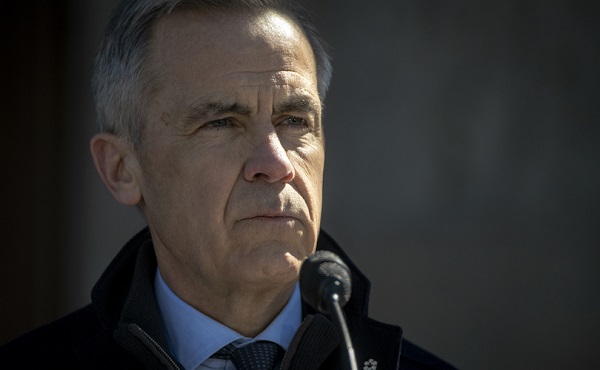
From LifeSiteNews
The prime minister’s office confirmed that Canada would commit to ‘direct and scalable military assistance’ in Ukraine when the war has calmed down.
The Canadian government under Liberal Prime Minister Mark Carney has made a promise for “military assistance” to Ukraine once a ceasefire is in place.
Carney made the comments after attending a recent virtual meeting for the “Coalition of the Willing” pro-Ukraine nations.
Late last week, Carney’s office confirmed that Canada would commit to “direct and scalable military assistance” in Ukraine when the war has calmed down.
At the “Coalition of the Willing” meeting, French President Emmanuel Macron said 26 allies of Ukraine promised to deploy their armed forces via land, sea, or air to the nation as a “reassurance force,” but not until the war with Russia is officially over.
Placing Canadian troops in Ukraine would come at a huge cost to Canadian taxpayers, who are already dealing with high inflation and high taxes.
The reality of the Ukraine war is grim. To date, it is estimated to have cost the lives of more than 1.5 million people.
Retired Col. Douglas Macgregor accused Western powers of sustaining a war built on illusion, not diplomacy.
From black-market weapons ending up with cartels to unchecked government corruption, Macgregor warned that U.S. aid is fueling chaos and not peace.
Critics of Canada’s support for Ukraine, such as from People’s Party of Canada (PPC) leader Maxime Bernier, have said Canada should not be involved in the Ukraine-Russia conflict.
He noted how politicians, including Carney and Canadian Conservative Party leader Pierre Poilievre, “standing” with the nation in an escalating war realistically means they support Ukraine’s eventual “destruction.”
armed forces
Poilievre vows to rebuild Canada’s military, replace ‘woke culture’ with ‘warrior culture’

From LifeSiteNews
The Conservative Party leader has pledged to increase military spending and re-emphasize ‘bravery, honour, patriotism and strength.’
Conservative Party leader Pierre Poilievre has promised to rebuild Canada’s military after years of “ideological extremism” under the Liberals.
In an August 16 open letter to serving Canadian Armed Forces (CAF) members at CFB Wainwright, Poilievre made 22 commitments to restore Canada’s military while ending the “woke culture” promoted by the Liberal government.
“After years of Liberal neglect, underfunding, and ideological extremism, our military is hollowed out. The world is becoming more dangerous, and our enemies are watching,” Poilievre declared. “It’s time we send them a message: Canada is back.”
“Conservatives believe now is the time to make the largest rebuild of our military in a generation, beginning in the North and extending across our land,” he continued.
Poilievre’s plan included increased military spending, replenishing Canada’s weapons which were donated to Ukraine, and boosting support for military members and their families. It also outlined support systems for veterans.
He further promised to “replace the woke culture with a warrior culture.”
“No more DEl. No more weird political agendas,” Poilievre declared. “The military is a fighting force, not an instrument of social engineering. Bravery, honour, patriotism and strength are its pillars.”
“To serve is to sacrifice,” he continued. “But service should not mean neglect. I will fight for you to once again be respected, equipped, and empowered. We will put our country first, and that begins with giving our Armed Forces the tools and culture of victory.”
The Canadian military is currently suffering from recruitment shortages, which many experts have revealed is a result of embracing and pushing the LGBT ideology within the CAF.
In 2023, officials admitted that the nation’s military is shrinking to dangerously low numbers as Liberals continue to push the LGBT agenda on Canadian soldiers. In addition to low recruitment, the military is struggling to retain soldiers.
As LifeSiteNews previously reported, the military spent Canadians’ tax dollars on polls, guest speakers, presentations, workshops, and LGBT flags. The workshops covered topics including “the gendered nature of security,” while one talk discussed “integrating gender and diversity perspectives.”
In 2021, the defense department revealed that they have two separate committees and eight programs which worked to appoint homosexual advisors to “innovate” religious instruction and gender-neutral uniforms.
In June 2023, Canadian troops in Latvia were forced to purchase their own helmets and food when the Liberal government failed to provide proper supplies. Weeks later, former Prime Minister Justin Trudeau lectured the same troops on “climate change” and disinformation.
A Canadian Armed Force member previously told LifeSiteNews that between the COVID vaccine mandates and pushing the LGBT agenda, Canadian soldiers have lost confidence in the military.
He explained that ideological agendas are driving away new recruits, as the primary source of recruitment for the military is “Saskatchewan farm boys” who want to serve Canada – not radical left-wing ideologues.
“That farm boy looks at the army and with the blue hair and the face, piercings and ideologies and all that stuff,” he said. “And it doesn’t have the same pull because it doesn’t represent the farm boy’s values.”
“This is not the Canada that we signed up to defend. It’s an alien ideology that people don’t resonate with,” he continued. “These are not Canadian values of freedom and democracy. These are cancel culture values of censorship, of authoritarianism, of radical ideologies that are alien to our culture.”
In one such example of how this ideological mandate has impacted soldiers, a commanding officer of the 4th Canadian Division Support Group (CDSG) of the Greater Toronto Area Detachment threatened personnel who dared to throw out tampon dispensers which had been placed in men’s bathrooms as part of the military’s new “inclusion” policy.
-

 Crime1 day ago
Crime1 day agoCharlie Kirk ASSASSINATED
-
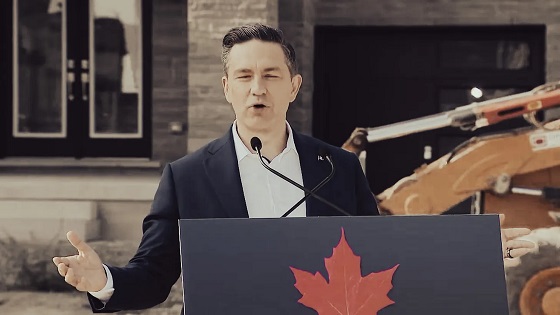
 Business2 days ago
Business2 days agoPoilievre: “Carney More Irresponsible Than Trudeau” as Housing, Jobs, and Energy Failures Mount
-

 Alberta2 days ago
Alberta2 days agoProvince urging post secondary students to apply for loans, grants, scholarships, bursaries and awards
-

 Crime2 days ago
Crime2 days agoConservative speaker and celebrity Charlie Kirk shot during Q & A event at Utah Valley University
-

 Energy2 days ago
Energy2 days agoCarney government should undo Trudeau’s damaging energy policies
-
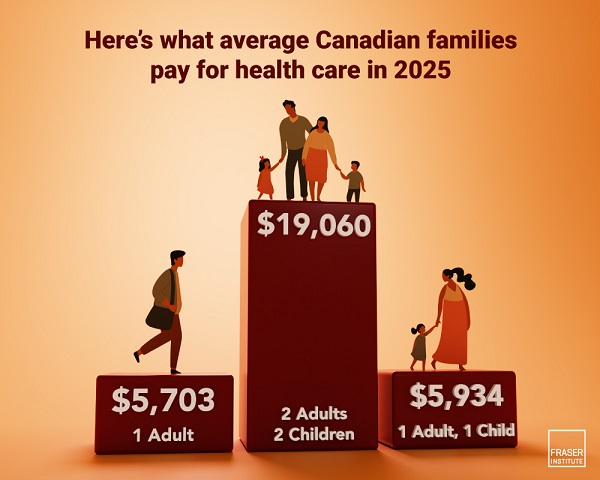
 Business2 days ago
Business2 days agoHealth-care costs for typical Canadian family will reach over $19,000 this year
-

 Alberta19 hours ago
Alberta19 hours agoAlberta deserves a police force that actually reflects its values
-
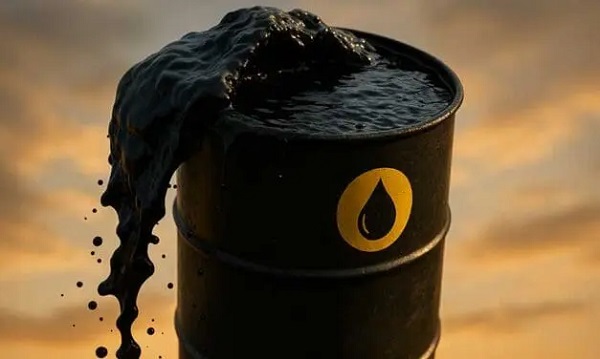
 Alberta18 hours ago
Alberta18 hours agoOPEC+ chooses market share over stability, and Canada will pay





